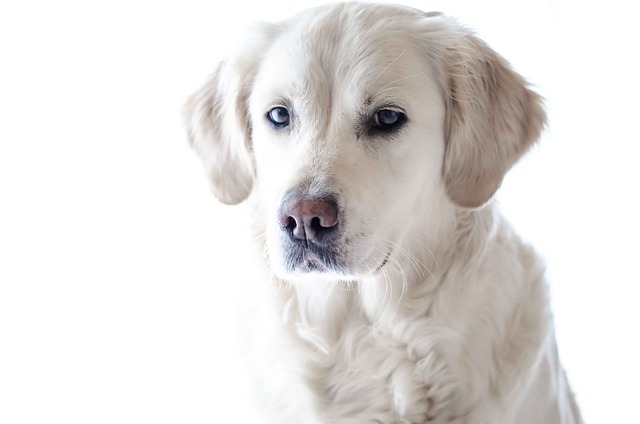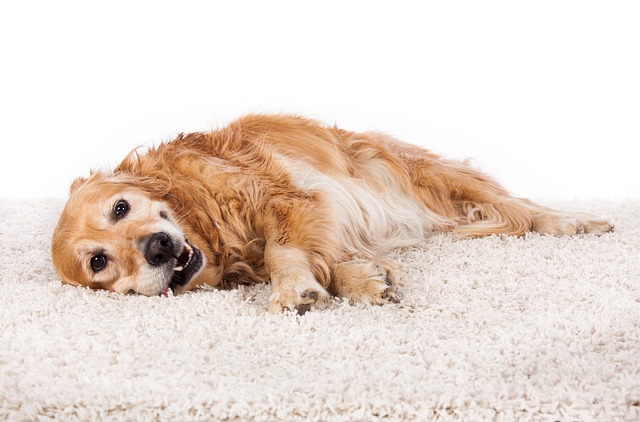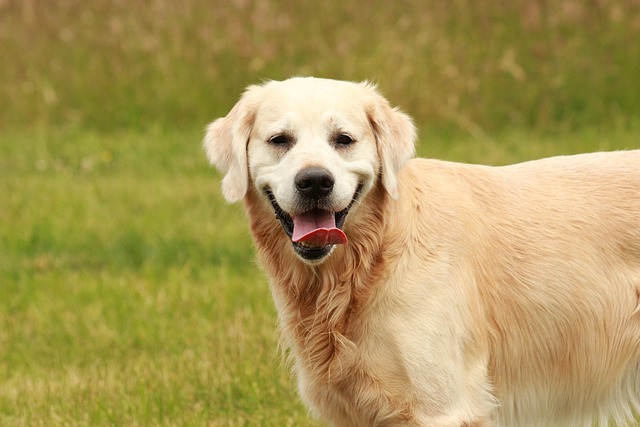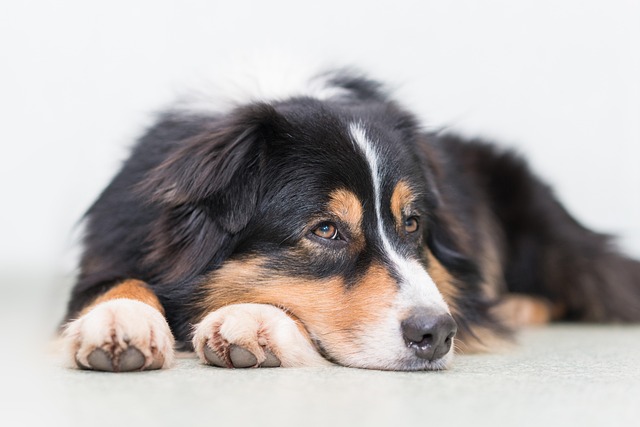
What are the most common allergy symptoms in dogs
If your dog is constantly scratching, chewing their paws, or getting recurrent ear infections, you’re probably wondering what’s triggering all this discomfort.
I sat with my friend Zoe in her Boston apartment last Tuesday, staring at her 2-year-old Bichon Frise, Lulu, who’d been licking a small pink rash on her paw for two days. “I tried oatmeal spray like you said, but it’s getting bigger—and she won’t eat her breakfast. When to be concerned about a dog rash, or am I overreacting?” Zoe asked, brushing Lulu’s ears as the pup tucked her paw under her body. If you’re a new U.S. dog owner watching a rash on your pup, knowing when to brush it off (literally) and when to race to the vet can mean the difference between a simple fix and a serious infection.
To understand when a dog rash needs attention, let’s start with how their skin works. A dog’s skin is thinner than ours, with a delicate barrier that keeps bacteria and fungi out. Zoe’s vet later explained that most mild rashes (like a little redness from pollen or dry air) heal with home care. But when that barrier breaks—from too much scratching, an allergen overload, or a bug bite gone wrong—germs move in, turning a minor issue into something dangerous. Rashes become “concerning” when they signal the body is fighting an infection or reacting to a severe trigger, not just a harmless irritant. And since scolding a dog for scratching (like Zoe almost did when Lulu chewed her paw) violates U.S. animal welfare standards—they’re not misbehaving, just in pain—knowing the warning signs helps you act fast without stressing them out.

Here’s when to be concerned about a dog rash, using Zoe’s scare with Lulu as a guide: First, it spreads fast or changes shape. Lulu’s rash went from a dime-sized spot to covering half her paw in 24 hours—this means the irritant or infection is winning. Second, it comes with “systemic” signs (whole-body symptoms). Lulu refused her food, napped 16 hours straight, and felt warm to the touch (a low-grade fever). These clues mean the rash isn’t just skin-deep—it’s affecting her whole body. Third, it oozes, crusts, or smells bad. By Wednesday, Lulu’s paw had yellowish discharge and a faint odor—signs of bacterial infection that need antibiotics. Fourth, it’s on “high-risk” areas. Rashes on paws (where they lick nonstop), ears (dark and moist), or bellies (thin skin) get worse faster. Fifth, home care does nothing after 48 hours. Zoe’s oatmeal spray worked for her neighbor’s dog, but Lulu’s rash only got angrier—this means the root cause (in her case, a yeast infection from apartment humidity) needs vet treatment.
For apartment living, prevent rashes from turning serious by: Vacuuming carpets weekly (to kill dust mites that trigger allergies) and avoiding scented candles (they irritate sensitive skin). Keep a “rash log”—note when it started, what it looks like, and any changes (Zoe’s log helped her vet diagnose Lulu in 5 minutes). When walking, stick to paved paths (tall grass has fleas and poison ivy) and always carry two things: poop bags (Boston fines $200 for leaving messes, even when rushing to the vet) and a small towel to wipe paws (removes allergens before they irritate skin). Never skip vet visits for concerning rashes—Lulu got a medicated shampoo and oral meds, and her paw healed in 3 days. Keep your dog’s rabies vaccine up to date (required nationwide)—vet offices can’t treat sick pups without proof of core vaccines, and delays cost precious time.
Three days later, Zoe texted me a photo: Lulu chasing a toy, her paw clean and fur growing back. When to be concerned about a dog rash? For Lulu, it was when the rash spread, she lost her appetite, and it started oozing. For your pup, it’s about watching for “red flags” beyond the rash itself—your gut will tell you when something feels off, and your vet will back you up.

If your dog is constantly scratching, chewing their paws, or getting recurrent ear infections, you’re probably wondering what’s triggering all this discomfort.

Many new pet parents assume short haired dogs need little to no grooming—after all, their coats don’t look as “high-maintenance” as long haired breeds.

Watching your dog constantly scratch, lick, or chew at their skin is enough to make any pet parent feel helpless. That incessant itching can turn a happy pup into a miserable one

I sat with my friend Emma in her Chicago apartment kitchen last month, staring at her 1-year-old Shih Tzu, Mimi, who’d just turned up her nose at her kibble—again.

Long haired German Shepherd dogs are beloved for their lush, double coats that give them a regal look, but that beautiful fur also means regular grooming is non-negotiable.

Dogs scratch occasionally to relieve an itch, but constant scratching and biting—like rubbing their belly on the carpet nonstop or gnawing at their paws until they’re red—isn’t normal.